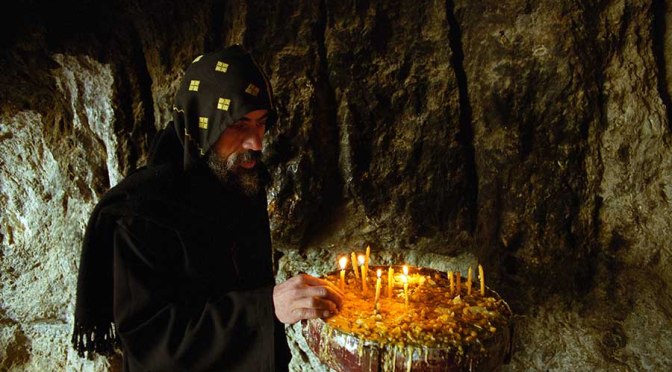Approximately 50 kilometers south of Dayr al-Muharraq and 9 kilometers south of the ancient city of Lycopolis, nowadays Asyut, lies the massive monastic complex of Dayr Durunka. It is a “neophyte” to the itinerary of the Holy Family tradition, because no ancient text suggests that this place was a stopover for the Holy Family. However, one of the charismatic features of the tradition is its dynamic development., thus when one reads from the 6th century manuscript The Armenian Gospel of the Infancy that the Holy Family travelled further south in fear of Herod ( despite the angel’s notification of all-clear to them). then it is beyond reproach to say that the Holy Family might have been to this spot after their departure from Dayr al-Muharraq.
Continue reading Durunka








